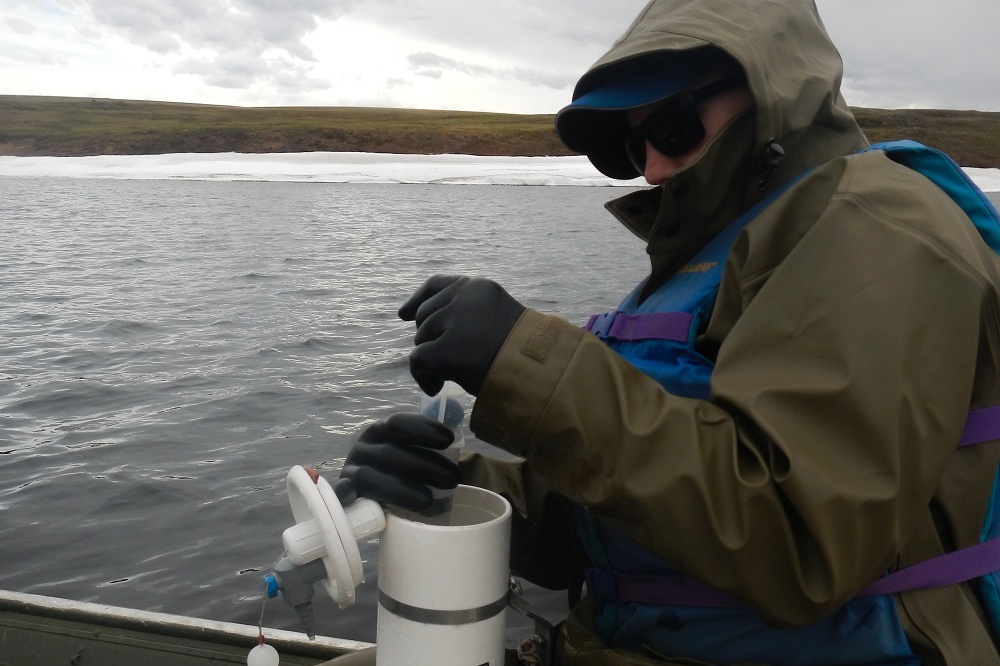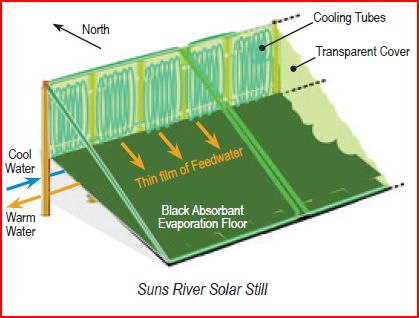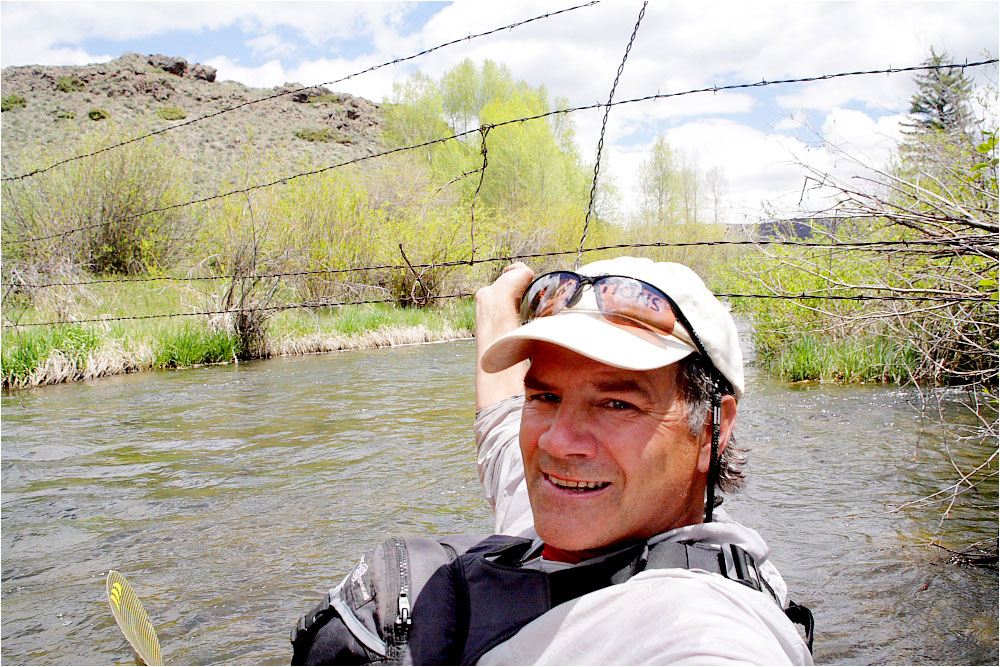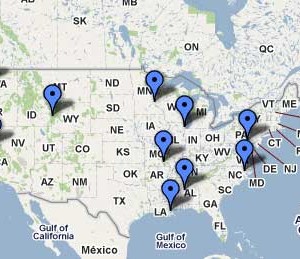Infographic: How Desalination Works
What is the process, and how much energy does it take? This video describes two common methods—reverse osmosis and flash distillation—for obtaining water from the sea.
One of the barriers in desalination technology is the amount of energy required for the process. For example, at the desalination plant in Perth, Australia, it can take up to 5 kilowatt-hours to desalinate just one cubic meter (264 gallons) of water—which is roughly equivalent to leaving a 60-watt light bulb on for roughly one month.
Click through the interactive infographic below for a brief description of desalination techniques and how the numbers stack up at desalination plants across the globe.
Map and graphic by Greg Hudson, undergraduate student at Ball State University.
Reverse Osmosis
- A basin holds raw water collected from the sea. This water then moves into the pre-treatment stage where it is infused with chemicals to stabilize it. The water passes through the first set of filters to sift out some of the salt and brine.
- Once treated, pressure moves the water through a series of membranes, which further separate water from concentrate. The salt, brine and concentrate that are removed are collected in a separate basin.
- This concentrate is infused with seawater and returned to the original body of water.
- The purified water is blended with chemicals and minerals to prepare it for consumption and the sanitized, desalinated product is ready for use and distribution.
Multi-Stage Flash
- In a brine heater, incoming water is heated to 90-110° Celsius.
- Cold water then passes through coils in the flash chambers. This cold water flows through multiple chambers, each at a slightly lower pressure than the previous one.
- This lower pressure causes the hot seawater to boil immediately upon entering each stage, causing a portion of the seawater to vaporize—or flash—into steam.
- The cleansed vapor passes around the outside of the tube carrying cold seawater, where it is condensed into pure, distilled water.
- The water and concentrate are collected in separate basins.
- Collected concentrate is blended with seawater and returned to the original body of water.
- The distilled water is blended with chemicals and minerals to prepare it for consumption and the desalinated product is ready for use and distribution.
Circle of Blue provides relevant, reliable, and actionable on-the-ground information about the world’s resource crises.









Excellent information on Desalination of Water.
Dr.A.Jagadeesh Nellore(AP),India
Wind Energy Expert
E-mail: anumakonda.jagadeesh@gmail.com